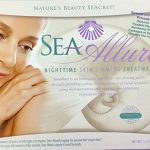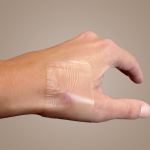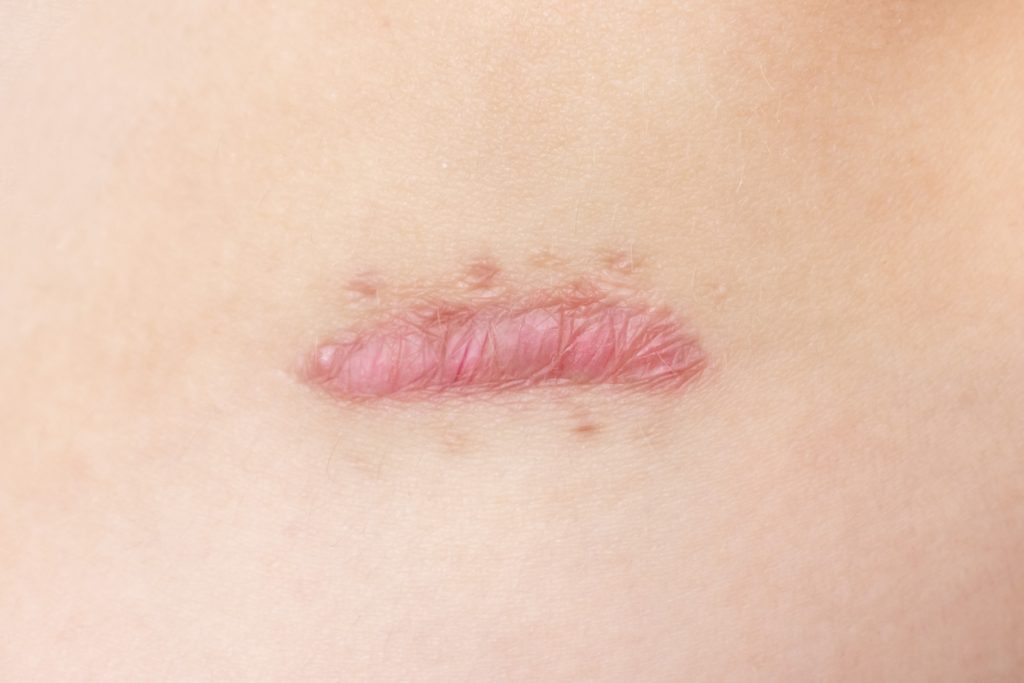Have you ever wondered what scar tissue is? Or, why does your body get a scar when it seems like everything is healing nicely? Scarring is the body’s way of defending itself. It’s an overabundance of collagen collection at the site of the wound to help with the healing process. This overabundance of collagen causes the scar to raise (hypertrophic scar). This is the body’s normal response to repair the damage. The resultant scar should be minimally visible and comfortable after the healing has occurred and the best way to help that process is using Oleeva® to support the healing process and minimize the impact of the scar.
There are two types of scars: hypertrophic and keloid.
Hypertrophic Scars: The most common type of scar – will look initially red, raised and rigid and may be itchy. If the scar occurs over a joint like the hand or knee, it can sometimes impair the motion of the joint (joint contracture).
Keloid Scars: These are less common but can still occur. They tend to be thicker and mushroom-like in their appearance and they will grow outside the margins of the initial wound. If left untreated they can grow significantly and become cosmetically unappealing. The treatment for these types of scars can be very complex.
Regardless of the scar type, both are impacted by several external and internal factors including:
- Good wound healing time – the faster the wound heals, the better the scar outcome.
- Presence of infection – infections can impair healing and increase scar occurrence.
- Good nutrition & hydration – like our bodies, scars need good nutrition and hydration to heal quickly.
- Stop or limit smoking – smoking impairs healing and cell growth and can lead to poor healing.
- Limit sun exposure – excessive sun exposure impairs cell growth and can cause permanent discoloration of the scar.
Genetics – everyone has a different genetic makeup and heals differently – so we must do our best to control all of the other factors.
What are some of the ways to treat scars?
Silicone gel sheets have been shown to be one of the most effective and less invasive strategies that can be used to prophylactically inhibit the unwanted impact of scars. The best offense is to have a great defensive attack. Bio Med Sciences, Inc. has developed a patented technology that has been proven to minimize the effects of hypertrophic scars and keloids:
- Oleeva® Fabric comes in different sheet sizes. It is thin, soft and ultra-comfortable to handle scars anywhere on the body under clothing and garments.
- Oleeva® Foam comes in different sheet sizes. It provides extra padding, additional compression, and comfort.
- Oleeva® Clear comes in different sheet sizes. It is a transparent sheet that can be worn on visible areas like the hands and the face.
- Oleeva® Scar Shapes are pre-cut shapes available in both Oleeva® Fabric or Oleeva® Foam specifically designed for a variety of surgical procedures.





